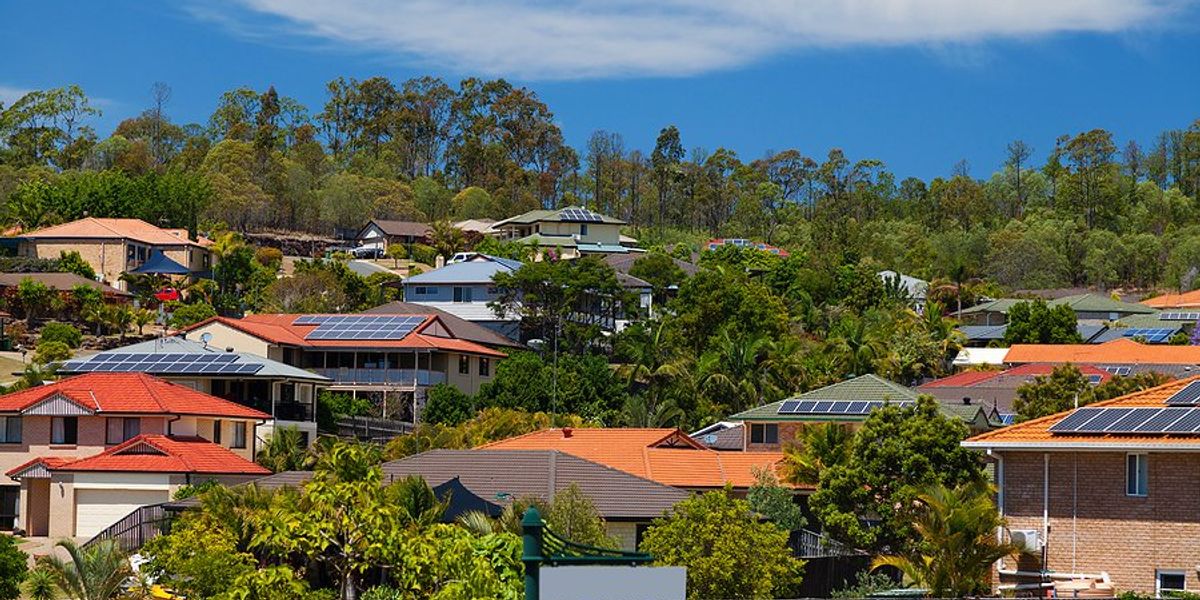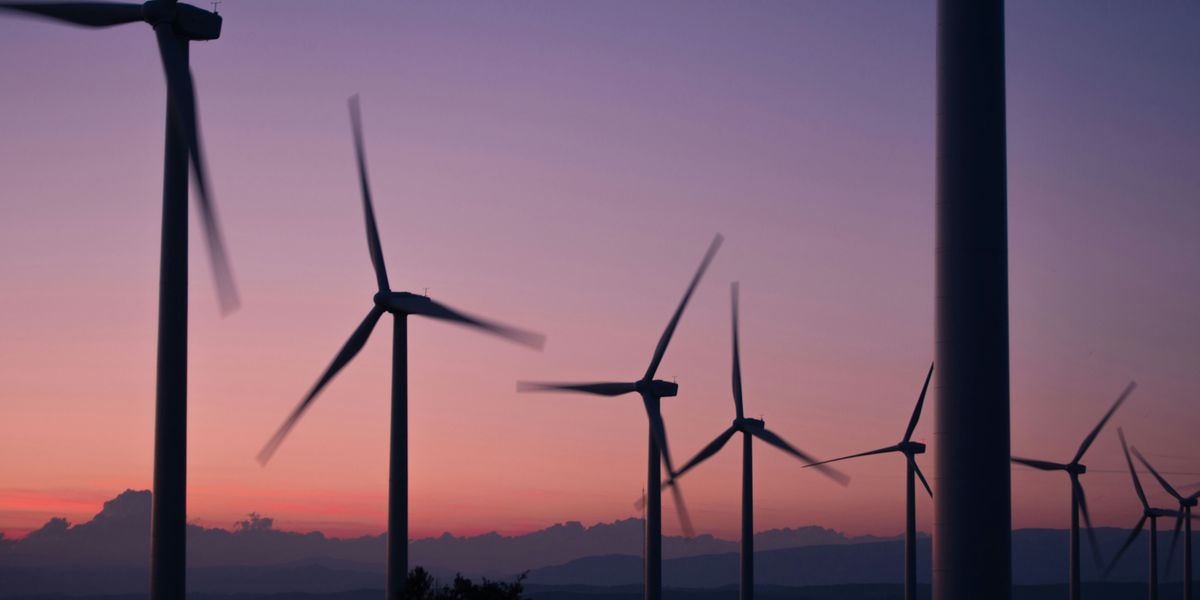wind farms
Wind farms often face community resistance due to slow, complex benefits
Community opposition and misinformation slow the progress of wind farms despite potential economic benefits.
Mary Katherine Wildeman and Melina Walling report for The Associated Press.
In short:
- Community members in Greeley County, Nebraska, opposed a proposed wind farm, citing concerns about property values and environmental impact.
- Economic benefits of wind farms, including millions in taxes and lease payments, often fail to sway public opinion due to mistrust and misinformation.
- Local laws blocking wind projects are becoming more common, further complicating the adoption of renewable energy.
Key quote:
“Every fear, every misinformation that you can imagine gets put on the barn wall. We have rural communities who are going out of their way to pursue agendas that are counterproductive to their own interests.”
— John Hansen, president of the Nebraska Farmers Union and advocate of wind power
Why this matters:
Community resistance to wind farms can stall renewable energy projects, impacting efforts to combat climate change. Understanding and addressing local concerns is crucial for sustainable development.
Wind farm plans in Chile raise environmental concerns
Chile’s ambitious green hydrogen strategy faces opposition as conservationists worry about its impact on the Magallanes region's bird sanctuary and ecosystems.
In short:
- Chile aims to become a top green hydrogen exporter, leveraging the Magallanes region's renewable energy potential.
- Conservationists warn that extensive wind farm development could harm Bahía Lomas, a crucial site for migratory shorebirds.
- The region's diverse ecosystems and endangered bird species are at risk from poorly planned hydrogen projects.
Key quote:
"We value hydrogen as a possible option of decarbonization, we’re just alerting about the way it’s being aggressively promoted and developed, particularly in this region."
— Diego Luna Quevedo, specialist in policy and governance for Manomet Conservation Sciences.
Why this matters:
Advocates for green hydrogen argue that this initiative could position Chile at the forefront of sustainable energy, reducing greenhouse gas emissions and fostering economic growth. However, conservationists are voicing concerns that the construction and operation of green hydrogen facilities could disrupt the local wildlife, particularly the bird populations that the Magallanes region harbors.
Exploring new possibilities for locating wind farms
A recent study reveals that wind turbines occupy only a fraction of their total site area, suggesting greater opportunities for integrating wind farms into diverse landscapes.
In short:
- The study found that wind turbines use just 5% of their site area, leaving the rest available for other uses like agriculture.
- Researchers suggest that wind farms can coexist with existing infrastructure, reducing their environmental impact.
- The study encourages revisiting wind farm placement strategies to enhance efficiency and minimize land use conflicts.
Key quote:
"Our results should provide stakeholders with a greater evidence base for a more informed understanding of the impacts of energy developments."
— Sarah Jordaan, principal investigator and associate professor in the department of civil engineering at McGill University
Why this matters:
Unlike more invasive forms of infrastructure, wind farms offer the possibility of sharing space without entirely displacing the original inhabitants, such as crops, cattle, or local wildlife. This compatibility speaks to a growing desire for energy solutions that recognize the importance of preserving the natural character and biodiversity of rural landscapes. It also addresses a facet of the environmental puzzle that is sometimes overshadowed by the larger narrative around reducing carbon emissions: the need for sustainable land use.
A 2019 Harvard analysis pinpointed where renewables would have the most bang for their buck.
Alberta's stance on wind turbines amid industrial activities
In a move stirring mixed reactions, Alberta has taken a stance against wind turbines in designated areas to preserve natural vistas.
In short:
- Alberta has introduced 35-kilometer buffer zones to prevent wind energy development, aiming to protect "pristine viewscapes."
- Despite these restrictions on renewables, other industrial activities such as logging, mining and urban sprawl continue unabated.
- The rules uniquely targeting renewable energy have sparked debate, with critics questioning the fairness and consistency of these policies.
Key quote:
"Why is this something that is just impacting wind and solar?"
— Evan Wilson, Canadian Renewable Energy Association
Why this matters:
Wind and solar energy projects may face regulatory hurdles related to land use and zoning laws, which can include considerations of ecological conservation. In some regions, the push for renewable energy has led to discussions about reforming these policies to facilitate the development of renewable projects while still protecting biodiversity and cultural resources.
Do wind farms really affect property values? A new study provides the most substantial answer to date
For years, opponents of wind energy development have argued that the projects lead to a decrease in property values, despite the companies proposing the projects saying there was almost no evidence to support such claims.
EPA accepting applications from Northwest states, tribes for millions in grants to cut pollution
Public finance apprentices are the future of climate change
Climate change is a complex issue, and it’s no surprise that there are many voices discussing how best to tackle it. So, where does the public finance professional fit in to this complex conversation?



















